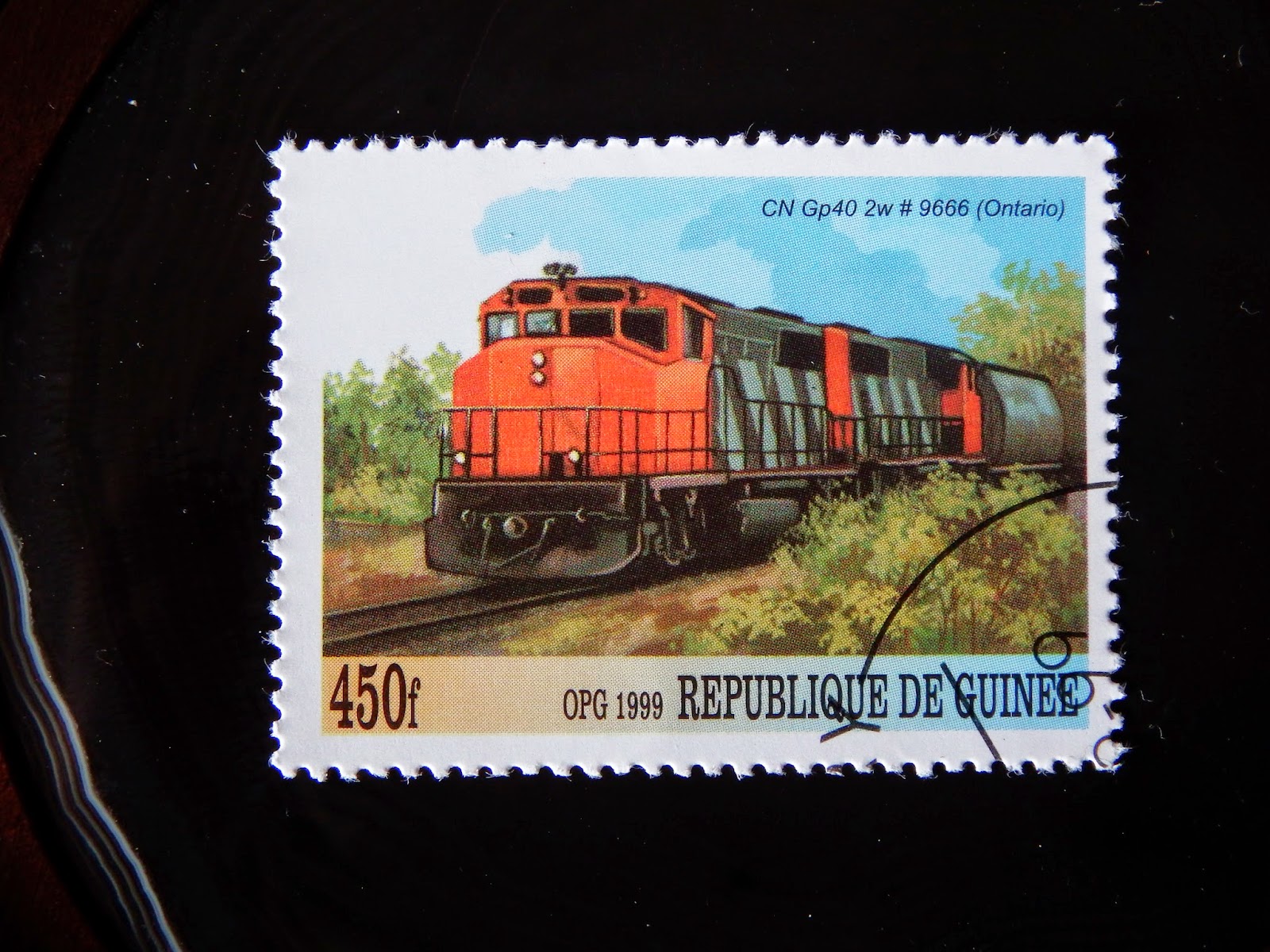Guinea Stamps
Guinea is a country in West Africa. The country has 10 million people.
The country of Guinea forms a crescent as Guinea curves to the border of the Atlantic Ocean. Guinea borders with Guinea-Bissau, Guinea's twin sister, Senegal and Mali to the north.
To the south, Guinea borders with Sierra Leone, Liberia, and the Ivory Coast. The valuable sources of the water are found on the Niger River, the Senegal River and the Gambia River.
Piper Cub J-3
The Piper Cub J-3 is a small, very simple light plane that was built between 1937 and 1947 by Piper Aircraft. With tandem (fore and aft), seating, the plane was intended for flight training but really become one of the most popular and best known light aircraft of all time.
The Piper Cub J-3's simplicity, affordability and popularity invokes comparisons to the Ford Model T.
Valmet L-90TP Redigo
In the early 1980's, Valmet Oy Kuoreveden factory was in need of a new plane as Vinca and Hawk production was ending. They needed a new plane. And fast.
Soon the factory was building a plane; the Valment L-90TP Redigo. But one of the factories were destroyed by Redigo Belgium air show in 1988.
The plane was then given to the Finnish Air Force. In 2013, Redigo eliminated the use the Valmet L-90TP Redigo.
The EMD GP40-2 is a 4-axle diesel road switcher locomotive built by General Motors Electro-Motive Division as part of its Dash 2 line between April 1972 and December 1986. The locomotive's power was provided by an EMD 645E3 16-cylinder engine which generated 3,000 horsepower (2.24 MW).
LNER Class A4
The Class A4 is a class of streamlined 4-6-2 steam locomotive designed by Nigel Gresley for the London and North Eastern Railway in 1935. Their streamlined design gave them high-speed capability as well as making them instantly recognisable, and one of the class, 4468 Mallard, holds the world record as the fastest steam locomotive. Thirty-five of the class were built to haul express passenger trains on the East Coast Main Line route from London Kings Cross via York and Newcastle to Edinburgh, Scotland. They remained in service on the East Coast mainline until the early 1960s when they were replaced by Deltic diesel locomotives. Several A4s saw out their remaining days until 1966 in Scotland, particularly on the Aberdeen - Glasgow express trains, for which they were used to improve the timing from 3.5 to 3 hours.
Although newer Pacifics had been introduced since the war, and although the streamlined trains were never reinstated, the A4s continued on top link duties, notably on the London to Edinburgh services.
Improved methods of aligning the Gresley conjugated valve gear in the 1950s led to tighter tolerances for the bearings used within it and consequently to almost total eradication of the overloading of the middle cylinder.[citation needed] History repeated itself with the inside big end being replaced by one of the Great Western type, after which there was no more trouble, provided maintenance routines were respected.[20]
The wholesale application of double Kylchap chimneys to the entire class was entirely due to the persistence of P. N. Townend, the Assistant Motive Power Superintendent at King's Cross from 1956. He at first met with considerable resistance from higher authority. When permission was eventually given, it was found that the economy obtained over the single chimney A4s was from six to seven pounds of coal per mile, which more than justified the expense of the conversion.[21]
These improvements led to greatly increased availability.
EMD GP4-2 (owned under a different name)
The Tram to Laxey
This train on the stamp I am showing is a train from the Isle of Man, a small island off the land of England. It is considered by the United Nations as a country, but many others said that the Isle of Man is just an island, nothing more.
Back to the train; this train is on a railway going or from to the Isle of Man, in a station called Laxey Station.
There is really a place called Laxey. It is a small village in the Isle of Man and the name "Laxey" means in Old Norse "Salmon River". It is located near Isle of Man's biggest town and capital, Douglas.
This train was very interesting to search. I hope you enjoyed reading this post about the train in the small village of Laxey and its interesting story.
Sources from Wikipedia
http://en.wikipedia.org/wiki/LNER_Class_A4





No comments:
Post a Comment